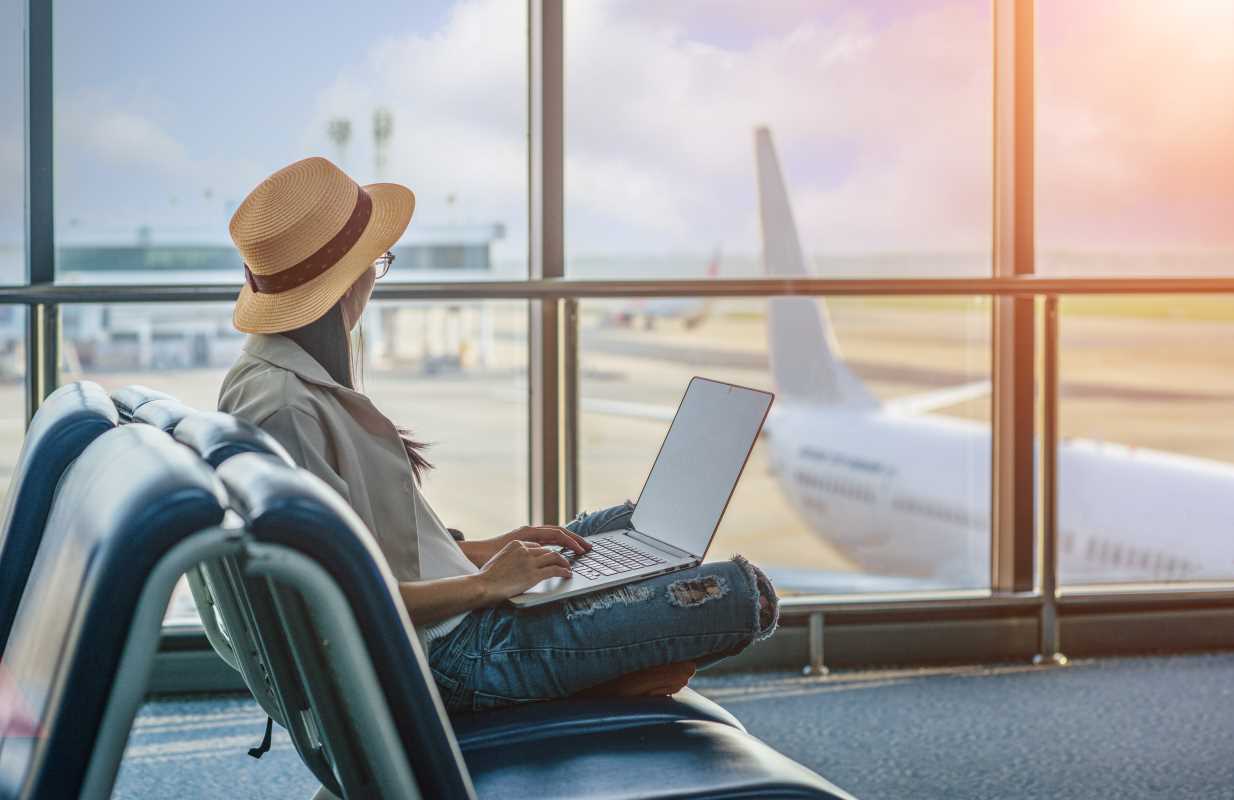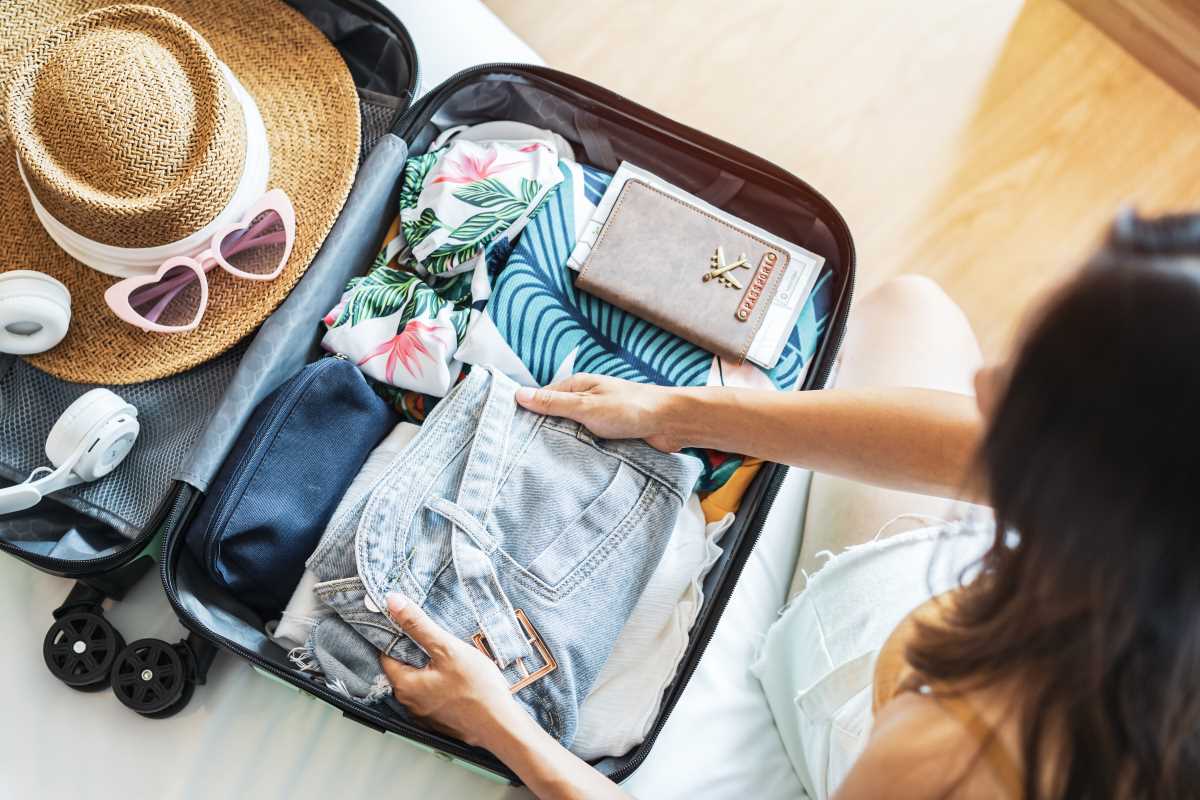Traveling is fun, but the jet lag can be a serious problem. Jet lag is the ultimate travel buzzkill because it sneaks up on you, leaving you feeling groggy, disoriented, and wide awake at all the wrong hours. Adjusting to a new time zone can make even the most exciting trip feel exhausting. But the good news is that jet lag can be managed—even avoided—with the right strategies. We're going to deliver actionable, unique tips to help you bounce back from long-haul flights feeling refreshed and ready to explore beyond just being hydrated and getting some extra rest. Following these tips might lead to a vacation without the dreaded jet lag!
1. Adapt Ahead of Time
Adjusting your internal clock before takeoff makes a huge difference. A few days before your flight, shift your sleeping and eating schedule to match your destination’s time zone as closely as possible. If you’re flying to a country eight hours ahead, try going to bed an hour earlier each night. Small changes ease the transition and reduce the shock of suddenly waking up halfway across the globe.
For morning arrivals, start getting up earlier. For evening landings, try staying up a bit later in the days leading up to your flight. Apps like Timeshifter can help create a customized schedule based on your destination, making it easier to gradually reset your circadian rhythm.
2. Choose the Right Seat
Your seat sets the tone for your entire flight. If you plan to sleep on board, book a window seat. It gives you something to lean your head against and avoids disruptions from seatmates climbing over you during the flight.
For those who need to stay active to avoid sluggishness, aim for an aisle seat to allow easy access to move around. Avoid seats near bathrooms or in the back row to skip the noise and traffic. Airlines like Emirates and Singapore Airlines even offer seating plans, so take advantage of being picky.
3. Time Meals Wisely
Meal timing regulates your body clock. Eat according to your destination’s local time as much as possible. If dinner is being served on the plane but it’s breakfast time where you’re headed, opt for lighter fare like fruits or skip the meal entirely.
High-carb meals encourage sleep, so they work well before resting. Protein-rich or lighter snacks can help you stay alert when it’s better to avoid napping. Many travelers swear by fasting during their flights until they arrive, as it helps reset digestive rhythms to the new time zone.
4. Leverage Light Exposure
Light is one of the most powerful tools for fighting jet lag. Exposure to bright, natural light helps regulate your sleep-wake cycle and signals your body when it’s time to be awake or wind down.
After landing, spend time outside in sunlight during your first day in the new time zone. For a night flight, wearing blackout sunglasses or using an eye mask keeps unwanted light out. Many travelers bring portable LED light therapy devices to follow specific light schedules and adapt faster.
On long flights, open or close your window shade strategically to simulate the light conditions of your destination. If it’s nighttime where you’re going but daytime during your flight, keep your shades drawn.
5. Stay Active
Sitting for hours takes a toll on your body. Long periods of inactivity contribute not only to grogginess but also to achy limbs and stiffness, which make jet lag feel worse. Staying active on the plane boosts circulation and energy levels.
Stand up to stretch or walk around every hour or two. Simple seat exercises like ankle rolls, knee lifts, or a seated twist keep blood flowing and prevent stiffness. Compression socks can also help with circulation, reducing the risk of swelling or discomfort.
Many airports offer yoga rooms or walking paths, so make use of layovers to keep your muscles moving. Once you arrive, a short workout like jogging or walking in your destination’s early morning light helps shake off fatigue.
6. Control Cabin Sleep
Mastering sleep onboard is key. A mix of the right tools and techniques makes rest actually restful. Invest in noise-canceling headphones or high-quality earplugs to block out announcements and chatter. A comfortable neck pillow prevents that stiff-neck feeling, while an eye mask blocks unwanted light.
Try to drink calming herbal teas or soothing binaural beats for relaxation. Creating a bedtime routine onboard, like listening to the same podcast you fall asleep to at home, helps signal your brain that it’s time to rest.
7. Skip the Over-Caffeination
Caffeine can keep you energized, but it’s a double-edged sword when it comes to jet lag. Drinking coffee or tea during your flight and landing at the wrong times might disrupt your adjustment to a new time zone. A cup in the morning is fine, but avoid caffeine within six hours of trying to sleep.
For better energy, stay hydrated. Cabin air is notoriously dry, leading to dehydration, which makes jet lag’s symptoms worse. Bring a refillable water bottle, and ask flight attendants to keep it filled throughout your flight. Infused water with slices of lemon or cucumber adds flavor without relying on sugary sodas or juices.
8. Strategize Naps
Napping at the wrong time can worsen jet lag instead of helping. Use naps strategically. A short nap on your flight is fine, but setting an alarm to keep it under 30 minutes prevents grogginess.
Once you’ve landed, avoid long naps no matter how tempting they feel. Push through drowsiness until bedtime in your new time zone to fully sync your body clock. If you absolutely need rest but worry about oversleeping, power naps of 20-30 minutes earlier in the day give a small energy boost without hindering nighttime adjustments.
9. Try Supplements
Melatonin is popular among frequent fliers to help regulate sleep-wake cycles when overnight travel plays havoc on their schedules. This naturally occurring hormone tells your body when to sleep. Taking a small dose an hour before bedtime in the new time zone helps reset your rhythm.
Magnesium supplements are another effective option. They relax muscles and calm stress, creating the perfect conditions for sleep without grogginess. Always consult a healthcare provider before introducing new supplements to your routine.
10. Practice Mindful Relaxation
Stress during travel only magnifies jet lag, so incorporating mindful relaxation techniques can be extremely helpful. Guided meditations, breathing exercises, or progressive muscle relaxation keep you calm and increase the likelihood of better-quality sleep.
Many airports have meditation pods or quiet zones, so take advantage of those spaces to de-stress before boarding. On flights, apps like Calm or Headspace offer sleep, breathing, and relaxation aids tailored for travelers.
11. Plan a Buffer Day
One of the simplest ways to avoid feeling overwhelmed is to build a buffer day into your itinerary. Arrive a day or two before major plans to decompress and adjust. This day should stay free of tight schedules, giving you the flexibility to rest, explore, or slowly ease into your trip.
Experimenting with downtime before big events means you’re not battling fatigue while trying to enjoy your destination. It’s better to schedule big attractions or meetings after you’ve given yourself time to acclimate.







